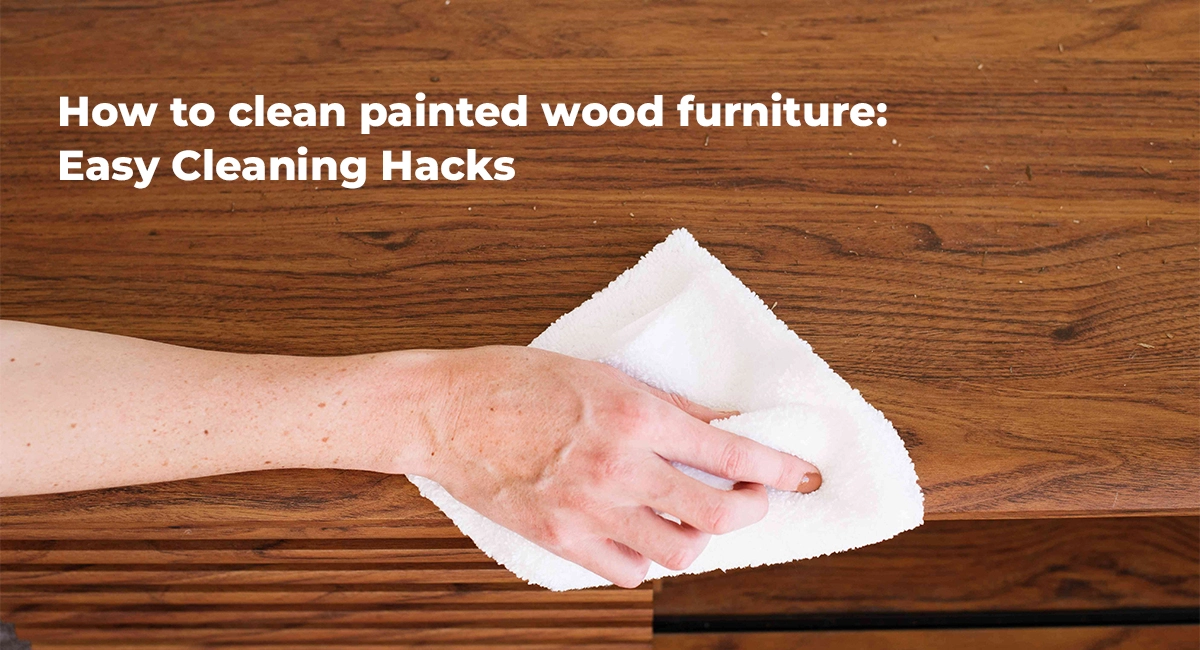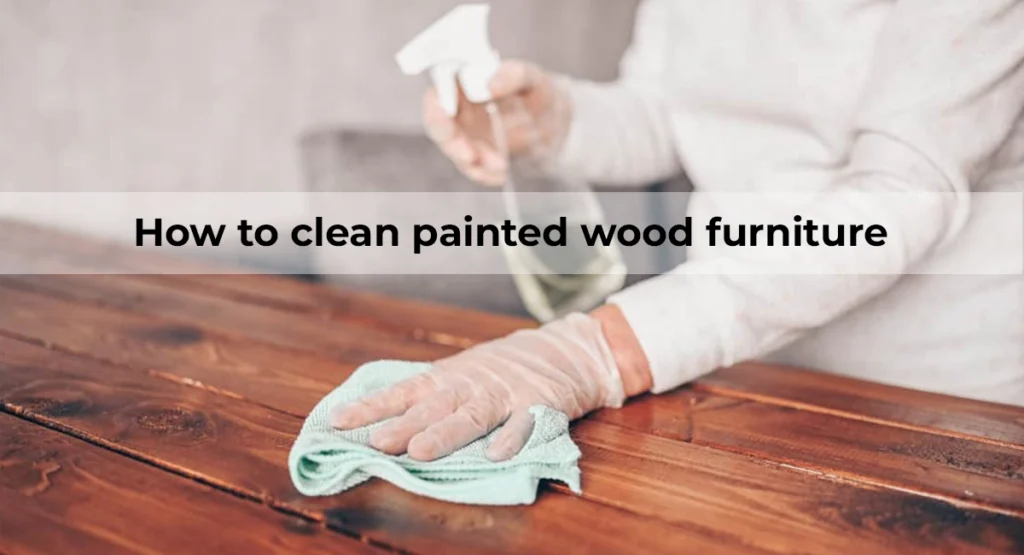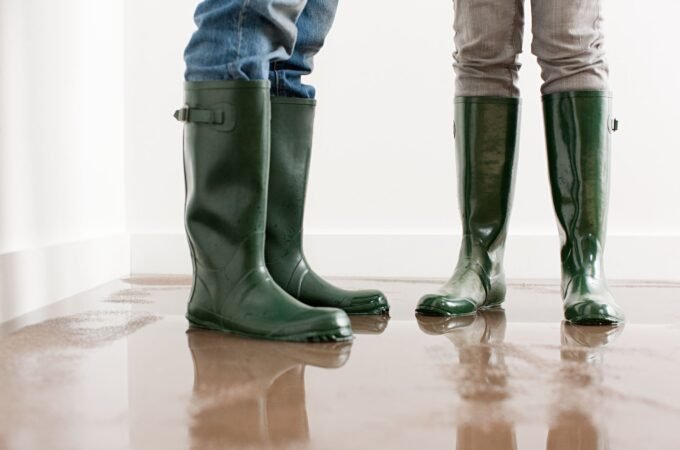
How to clean painted wood furniture: Easy Cleaning Hacks
While you likely dust your wooden furniture regularly, it’s important to give it a thorough cleaning from time to time. A simple wipe-down with a damp microfiber cloth can help keep dust away weekly. However, to maintain its appearance and minimize scratches, deep clean your wood furniture at least once a month and polish it occasionally. In this guide, we’ll explore the best methods and techniques for cleaning painted wood furniture to ensure it stays looking its best for years to come.
Table of Contents
ToggleImportance of Regular Wood Furniture Maintenance
Regular maintenance is key to preserving the beauty of your wood furniture. Dusting regularly helps prevent scratches and damage from dust particles, while also reducing allergens in your home. Plus, keeping your furniture clean enhances the overall appearance and comfort of your living space.
Step-by-Step Guide to Cleaning Wood Furniture
Cleaning wood furniture involves more than just wiping away dust. Different types of wood and finishes require specific care to maintain their appearance and integrity. Whether your furniture has a glossy varnish or a natural oil finish, it’s important to use the right cleaning products and techniques to avoid damaging the wood.
In this comprehensive guide, we’ll walk you through the step-by-step process of deep cleaning wood furniture, from removing stubborn grime to restoring its natural shine. By following these tips, you can keep your wood furniture looking beautiful for years to come.
1. Understanding Painted Wood Furniture:
Before diving into the cleaning process, it’s important to understand the composition of painted wood furniture. Most painted wood furniture consists of a wooden base coated with layers of paint and a protective finish. This finish not only enhances the appearance of the furniture but also provides a barrier against moisture and dirt.
2. Gather Your Supplies:
Before you begin cleaning your painted wood furniture, gather all the necessary supplies. This includes:
– Mild dish soap
– Water
– Soft microfiber cloths or sponges
– White vinegar
– Olive oil or furniture polish (optional)
– Soft-bristled brush or toothbrush
– Protective gloves (optional)

3. Dusting and Surface Cleaning:
Start by dusting the painted wood furniture with a soft microfiber cloth or a gentle duster to remove any surface dust and debris. Be sure to dust in the direction of the wood grain to avoid scratching the paint. For stubborn dirt or grime, dampen the cloth with water and gently wipe the surface clean. Avoid using abrasive cleaners or harsh chemicals, as they can damage the paint and finish.
4. Deep Cleaning:
For more thorough cleaning, mix a small amount of mild dish soap with water in a bucket. Dip a soft sponge or cloth into the soapy water and wring out any excess liquid. Gently scrub the painted wood furniture, focusing on areas with stains or buildup. Use a soft-bristled brush or toothbrush to clean hard-to-reach crevices and intricate details.
5. Removing Stubborn Stains:
For stubborn stains or marks on painted wood furniture, try using a mixture of white vinegar and water. Mix equal parts vinegar and water in a spray bottle and lightly mist the affected area. Let the solution sit for a few minutes to loosen the stain, then gently scrub with a soft cloth or sponge. Repeat as needed until the stain is removed, then wipe the area clean with a damp cloth and dry thoroughly.
6. Conditioning and Polishing (Optional):
Once the painted wood furniture is clean and dry, you may choose to condition and polish the surface to restore its shine and luster. Apply a small amount of olive oil or furniture polish to a soft cloth and buff it onto the surface in a circular motion. Be sure to follow the manufacturer’s instructions and test the product in an inconspicuous area first to ensure compatibility with the paint and finish.
7. Preventive Maintenance:
To keep your painted wood furniture looking its best, incorporate preventive maintenance into your regular cleaning routine. Place coasters or placemats under glasses and dishes to protect the surface from water rings and heat damage. Avoid placing sharp or abrasive objects directly on the furniture to prevent scratches and dents. Additionally, periodically inspect the furniture for any signs of wear or damage and address them promptly to prevent further deterioration.
Conclusion
Cleaning painted wood furniture doesn’t have to be a daunting task. With the right techniques and supplies, you can effectively remove dirt, stains, and grime while preserving the beauty and integrity of your furniture. By following the tips outlined in this guide, you’ll be able to keep your painted wood furniture looking fresh and vibrant for years to come.





